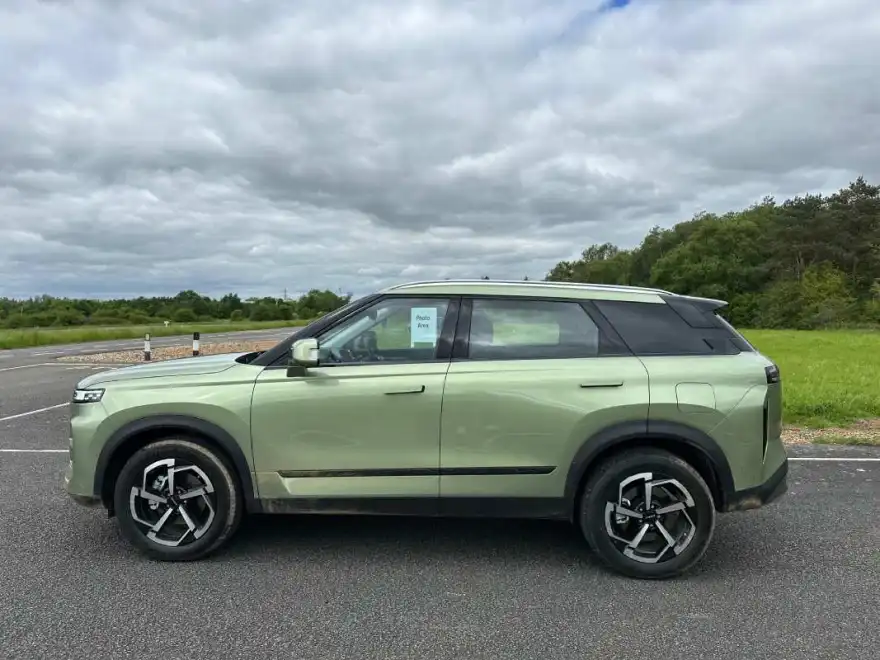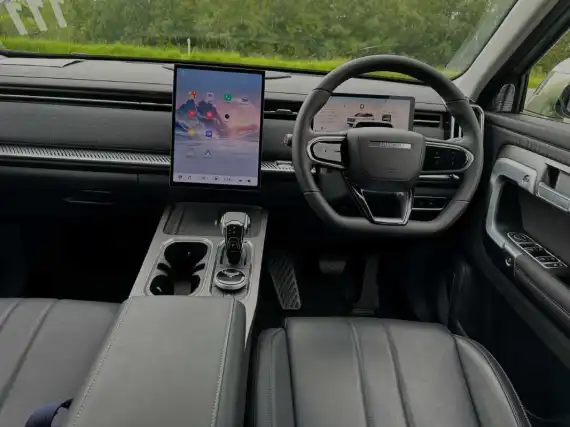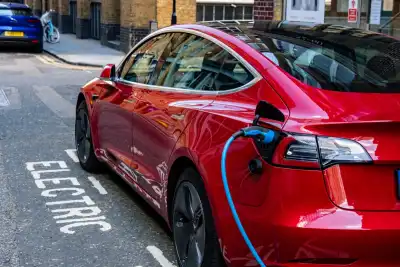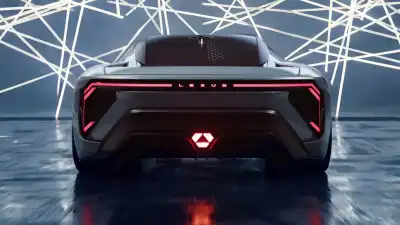
It seems like every week another manufacturer emerges from China bringing with it exciting new models with very attractive price-tags.
We recently tested out the Omada E5 Noble in prototype guise review here, and now we have been treated to a short stint behind the wheel of the Jaecoo J7, also in prototype form.
The reason we mention Omada and Jaecoo in the same breath is that both manufacturers fall under the Chery Automobile umbrella, a company that was founded back in 1997 and, in 2023, recorded one million export sales, along with two million domestic sales.
Chery has successfully created a number of sub-brands with cumulative global sales in excess of 10 million units, making them China’s top exporter of cars for more than 20 consecutive years. Not exactly novices then.
So, what do we now about Jaecoo and in particular the J7 model? Well, firstly Jaecoo is inspired by Chery’s joint venture with JLR in China and the Jaecoo name is created by an infusion of the German word “Jager” and the English word “Cool” which sort of works if you give it plenty of leeway.
The J7 will be available with petrol or plug-in hybrid powertrains, with two or for-wheel drive and potentially with two trim options called Deluxe and Luxury (tbc).

From a design point of view, the Jaecoo J7 has a strong road presence stretching 4,500mm in length, 1,865mm wide (excluding mirrors), 1,680mm tall and with a wheelbase of 2,672mm.
Eye-catching features include a powerful front end with a massive grille with the Jaecoo name sitting proudly on the front. There are slim light clusters, smart 19-inch alloy wheels, door handles that are flush to the bodywork, a squared-off rear end (very Land Rover-esque) and lots of body cladding.
Moving inside, the interior is high-end and features upmarket upholstery, along with elegant fixtures and fittings throughout. The seats are powered for added convenience and, along with the steering wheel, can be heated too.
There is a wealth of on-board technology to explore, including a 14.8-inch infotainment screen which is powered by a super-fast Snapdragon 8155 chip and this is the car’s nerve centre and access point to the many on-board features. In some markets, the screen is slightly smaller, but the UK is likely to get the larger unit.
Creature comforts include Apple CarPlay and Android Auto smartphone connectivity, a DAB radio, sat nav, an eight-speaker Sony sound system, a 540-degree camera and potentially a head-up display.
The screen graphics were sharp and its fast reaction time also impressed, especially for such an early model. Behind the steering wheel is a smaller driver display where data such as speed, radio station, speed limits and a number of other features can clearly be viewed.
We tested the pure petrol version with front-wheel drive and this featured a 1.6-litre, four-cylinder turbocharged petrol engine matched to a Getrag dual-clutch seven-speed automatic gearbox.

With 150PS and 290Nm of torque, the acceleration out the starting blocks is swift and the car has an estimated 0-62mph sprint time of about 8.0 seconds. Also to be confirmed are the day-to-day running costs, but the economy should be in the region of 38mpg.
This model has three drive modes called Eco, Normal and Sport that alter the characteristics of the car. The 4WD version gains extra modes called Sand, Mud, Snow and Off-Road to help combat more challenging terrain.
It feels quite weighty but really grounded when faced with twisting roads but it copes well with sharper bursts of pace in the Sport mode. The steering feel is quite light which is ideal in busier areas where lots of twists and turns are necessary, but not quite so reassuring on open roads. But as we have mentioned once or twice, this was an early prototype car.
The driver visibility is excellent and all controls, dials and readouts are ideally positioned for easy access on the fly.
Comfort levels are notable with supportive seats and the refinement levels also impressed with a gentle ride and quiet-ish cabin environment.
Passenger space is vast and the boot, accessed via a powered tailgate, is well-sized with an estimated capacity of 412 litres, increasing to 1,335 litres with the 60:40 split-folding rear seats lowered, although the exact figure is yet to be confirmed.
In addition, there are numerous storage compartments scattered throughout the car, including a glovebox, seat back pockets, a compartment beneath the front armrest, front and rear cup holders, deep door bins and a phone charging tray.
Pricing is also to be conformed, but the Jaecoo J7 is likely to cost in the region of £35,000.
The Jaecoo J7 will be available in the UK towards the end of this year, with full pricing and a number of other specifications due to be announced nearer the time.


